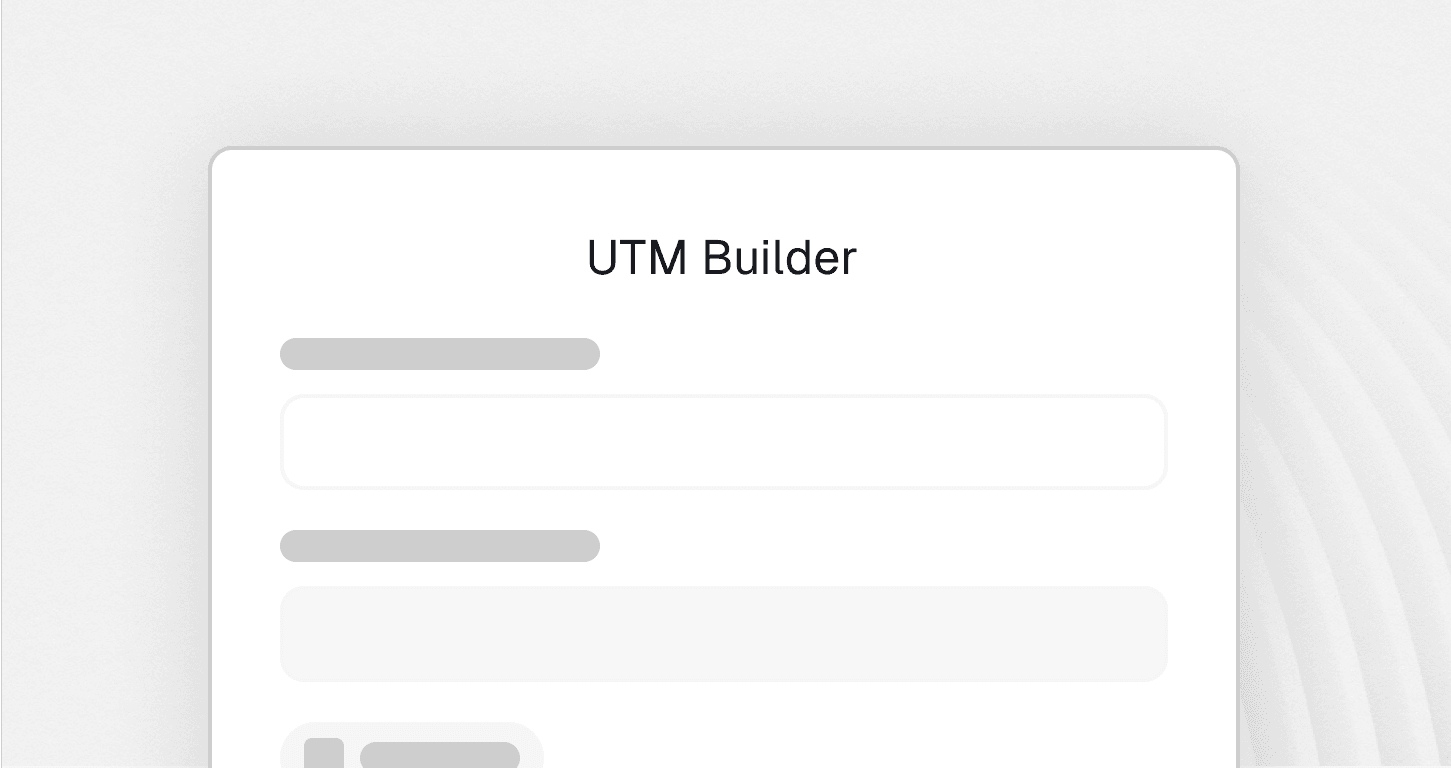Free WBS Creator
Break down any project into manageable tasks with our intuitive work breakdown structure generator - from concept to completion in minutes.
Work Breakdown Structure Creator: The Ultimate Guide to Streamlined Project Planning
In today's fast-paced business environment, project managers face increasing pressure to deliver complex projects on time and within budget.
A Creator serves as your strategic ally, transforming overwhelming project complexities into manageable, hierarchical components that drive successful outcomes.
This comprehensive guide explores how modern WBS generators are revolutionizing project management practices across industries.
What is a Work Breakdown Structure Creator?
A WBS creation platform is a specialised digital tool designed to decompose large-scale projects into smaller, manageable work packages systematically.
Unlike traditional project planning methods, which often rely on linear thinking, project breakdown software employs hierarchical decomposition principles that mirror how successful projects naturally unfold.
At its core, this tool transforms abstract project concepts into concrete, actionable tasks through visual mapping and structured organization.
Modern WBS generation platform leverage intuitive interfaces, automated validation features, and integration capabilities to eliminate the traditional barriers that make project planning time-consuming and error-prone.
Key Components of Modern WBS Creators
Hierarchical Task Organization: Breaks down projects from high-level deliverables to specific work packages
Visual Project Mapping: Provides clear, tree-like structures for enhanced project visibility
Automated Validation: Ensures completeness and prevents common planning mistakes
Integration Capabilities: Seamlessly connects with popular project management platforms
Collaborative Features: Enables real-time team input and stakeholder engagement
How WBS Generators Transform Project Management
1. Systematic Project Decomposition
Grasping the full scope of work is essential to laying the groundwork for successful project management.
A hierarchical planning tool applies the 100% rule, ensuring that every deliverable and task necessary for project completion is identified and properly positioned within the project hierarchy.
This systematic approach prevents scope creep by establishing clear boundaries around what is included in the project.
When team members understand exactly what needs to be accomplished and how their work contributes to the overall objective, project execution becomes more focused and efficient.
2. Enhanced Team Collaboration
Modern hierarchical planning tool Creators incorporate collaborative features that enable distributed teams to contribute to project planning simultaneously.
Project managers can assign specific team members to different WBS components, allowing subject matter experts to provide detailed input on their areas of expertise.
This collaborative approach ensures that project plans reflect realistic timelines and resource requirements while fostering team ownership of the project structure.
When team members participate in creating the WBS, they develop a deeper understanding of project objectives and their role in achieving success.
3. Improved Resource Allocation
By breaking projects into discrete work packages, Project decomposition tool enable more accurate resource planning and allocation. Project managers can estimate time, budget, and personnel requirements for each component, leading to more realistic project schedules and budgets.
This granular approach to resource planning helps identify potential bottlenecks early in the project lifecycle, allowing proactive mitigation strategies rather than reactive problem-solving during execution.
The 4-Step Process: From Concept to Execution
Step 1: Project Definition and Scope Establishment
The journey begins with clearly defining your project's primary objective and establishing comprehensive scope boundaries. Modern Project breakdown software provides template libraries organized by industry and project type, offering proven starting points for various project categories.
During this phase, project managers work with stakeholders to:
Define project deliverables and success criteria
Identify key constraints and assumptions
Establish project boundaries and exclusions
Select appropriate WBS templates or frameworks
Step 2: Hierarchical Decomposition
Breaking down the project into smaller components is the core step in building an effective Work Breakdown Structure. Using your WBS tool, you systematically break down the project into major phases, deliverables, and work packages. This process typically follows a top-down approach, starting with major project components and progressively adding detail.
Best Practices for Effective Decomposition:
Apply the 8/80 rule: Work packages should require 8-80 hours of effort
Ensure each work package has clear deliverables and acceptance criteria
Maintain logical grouping of related activities
Verify that all work packages are necessary and sufficient
Step 3: Validation and Refinement
The Advanced Visual Project Planner includes automated validation features that check for common structural issues such as missing components, overlapping work packages, or incomplete decomposition. This step ensures that your WBS meets professional standards and adheres to industry best practices.
Key validation checkpoints include:
Completeness verification using the 100% rule
Logical consistency across hierarchical levels
Proper work package sizing and definition
Straightforward responsibility assignment and accountability
Step 4: Integration and Implementation
The final step involves preparing your WBS for integration with broader project management processes. Modern Work Breakdown Structure Creators support various export formats and provide seamless integration with popular project management platforms like Microsoft Project, Asana, and Jira.
This integration enables:
Automatic schedule generation based on WBS structure
Resource assignment and workload balancing
Progress tracking and performance monitoring
Change management and scope control
Target Audience: Who Benefits Most from Project Breakdown Tools
1. Project Managers
Project managers represent the primary beneficiaries of WBS creator tools. These professionals leverage WBS generators to create comprehensive project roadmaps that guide their teams toward successful completion. The systematic approach provided by these tools enhances project visibility, improves stakeholder communication, and enables more accurate project forecasting.
Key Benefits for Project Managers:
Reduced planning time through automated features
Improved project communication with visual structures
Enhanced risk identification and mitigation planning
Better resource optimization and scheduling accuracy
2. Team Leaders and Product Managers
Team leaders and product managers utilize WBS generators to align cross-functional teams around common objectives. These tools help translate high-level product requirements into actionable development plans that coordinate multiple disciplines and stakeholders.
For product managers specifically, hierarchical task planner enable better feature prioritization and release planning by providing clear visibility into development complexity and dependencies.
3. Agile/Scrum Masters
While Agile methodologies emphasize iterative development, Work Breakdown Structure Creators provide valuable support for release planning and epic decomposition. Scrum Masters use these tools to break down large user stories into manageable sprint tasks while maintaining alignment with overall product goals.
Agile-Specific Applications:
Epic and user story decomposition
Release planning and roadmap development
Sprint planning and capacity management
Cross-team coordination and dependency management
Industry Applications and Use Cases
1. Software Development and Technology
In software development, this ****generators help manage complex applications by breaking them into features, modules, and individual programming tasks. The hierarchical structure naturally aligns with software architecture, enabling teams to plan sprints, manage backlogs, and track progress against overall project objectives.
2. Construction and Engineering
Construction projects benefit significantly from WBS creators due to their inherently complex nature involving multiple contractors, regulatory approvals, and sequential dependencies. The hierarchical structure aligns naturally with construction phases, from site preparation through final inspections.
3. Marketing and Product Launch
Marketing teams leverage this ****generators to coordinate campaign development, from initial strategy through execution and analysis. These tools help manage creative development, media planning, content creation, and performance measurement activities within unified project structures.
4. Healthcare and Pharmaceutical
Healthcare organizations apply these creators to manage clinical trials, facility construction, and regulatory compliance projects. The rigorous documentation requirements and complex approval processes inherent in healthcare projects benefit from the systematic approach provided by WBS structures.
Maximising ROI with WBS Generator Tools
1. Selecting the Right WBS Creator
When evaluating WBS generator options, consider factors such as:
Integration capabilities with existing project management tools
Template availability for your industry or project type
Collaboration features for distributed teams
Scalability for projects of varying complexity
Support for different WBS methodologies and frameworks
2. Implementation Best Practices
Successful implementation of WBS creator tools requires:
Thorough team onboarding on WBS concepts and how to use the tool effectively
Development of organisational templates and standards
Integration with existing project management processes
Regular review and refinement of WBS structures based on project outcomes
3. Measuring Success and Continuous Improvement
Track key performance indicators to measure the impact of your project breakdown software implementation:
Project planning time reduction
Improved estimation accuracy
Reduced scope creep incidents
Enhanced team satisfaction and engagement
Better project success rates
Future Trends in WBS Technology
1. AI-Enhanced Project Planning
Emerging WBS platforms incorporate artificial intelligence and machine learning capabilities to enhance user experience. These features can suggest task breakdowns based on project type, industry standards, or historical data from similar projects.
2. Advanced Integration Capabilities
Future WBS creators will provide even deeper integration with enterprise systems, enabling seamless data flow between project planning, resource management, and financial systems.
3. Enhanced Collaboration Features
Next-generation tools will offer more sophisticated collaboration capabilities, including real-time editing, advanced commenting systems, and integrated communication platforms.
Conclusion
WBS Creators have evolved from simple organizational tools to sophisticated project management platforms that drive successful project outcomes. By providing systematic approaches to project decomposition, these tools enable project managers, team leaders, and product managers to transform complex initiatives into manageable, executable plans.
The investment in a quality this ****generator represents a strategic decision that can significantly improve project success rates, resource utilization, and stakeholder satisfaction. As project complexity continues to increase and organizations seek more efficient planning methods, these tools will become increasingly essential for competitive advantage.
Organisations that embrace this Creator technology position themselves to manage projects more effectively, respond to changing requirements more quickly, and achieve better outcomes across their project portfolios.
Frequently Asked Questions
1. What sets a WBS generator apart from traditional project planning tools?
A Work Breakdown Structure generator focuses on breaking down complex projects into clear, manageable work packages. Unlike traditional planning tools that prioritize scheduling and resource allocation, WBS tools emphasize hierarchical task decomposition and offer features like visual mapping, automated validation, and industry-specific templates.
2. How much time can I save using a WBS generator?
With a WBS generator, most teams can create a fully detailed work breakdown in just 2 to 4 hours. In contrast, manual methods may take several days. The actual time depends on project size, team collaboration, and the level of detail required.
3. Can a WBS tool work with my existing project management software?
Yes. Many modern WBS generators support integrations with tools like Microsoft Project, Jira, Trello, and Asana. These integrations help you maintain a single source of truth across platforms and reduce manual data entry.
4. Is a WBS creator suitable for Agile teams?
Absolutely. While Agile focuses on iterative development, a WBS tool can support epic-level planning, release mapping, and cross-team coordination, making it a valuable complement to Agile and Scrum workflows.
5. Do I need special training to use a Work Breakdown Structure Creator?
Most WBS tools are user-friendly and require minimal training. However, understanding WBS principles and basic project management concepts can improve your results. Many organizations offer short onboarding sessions or tutorials for new users.




